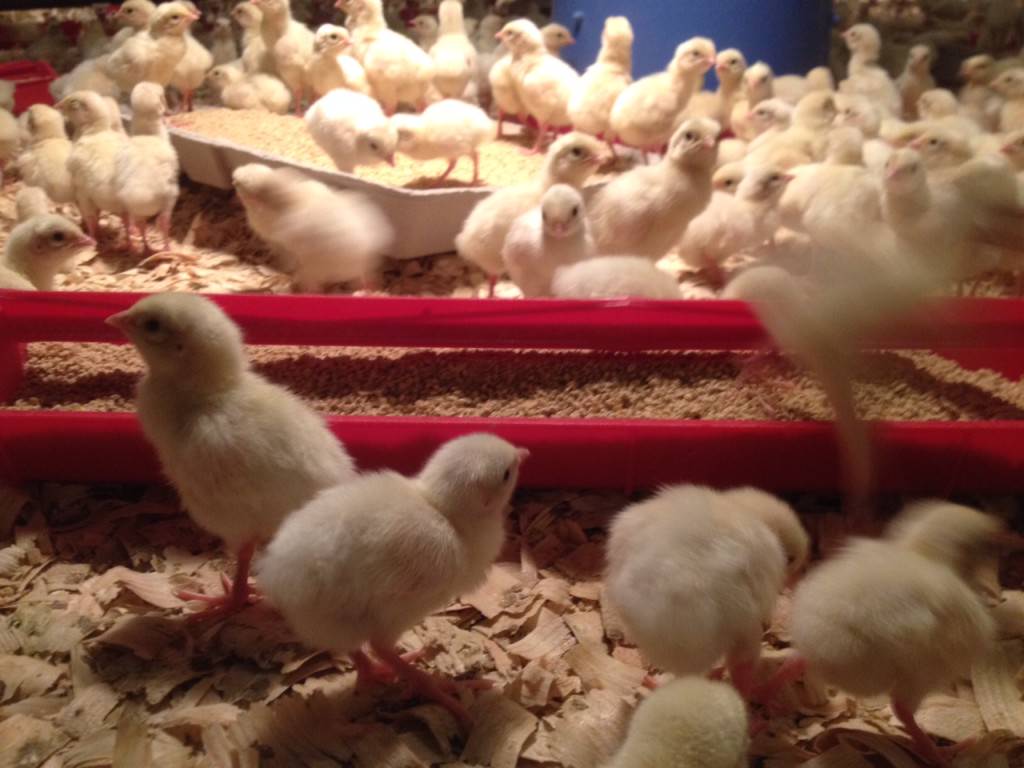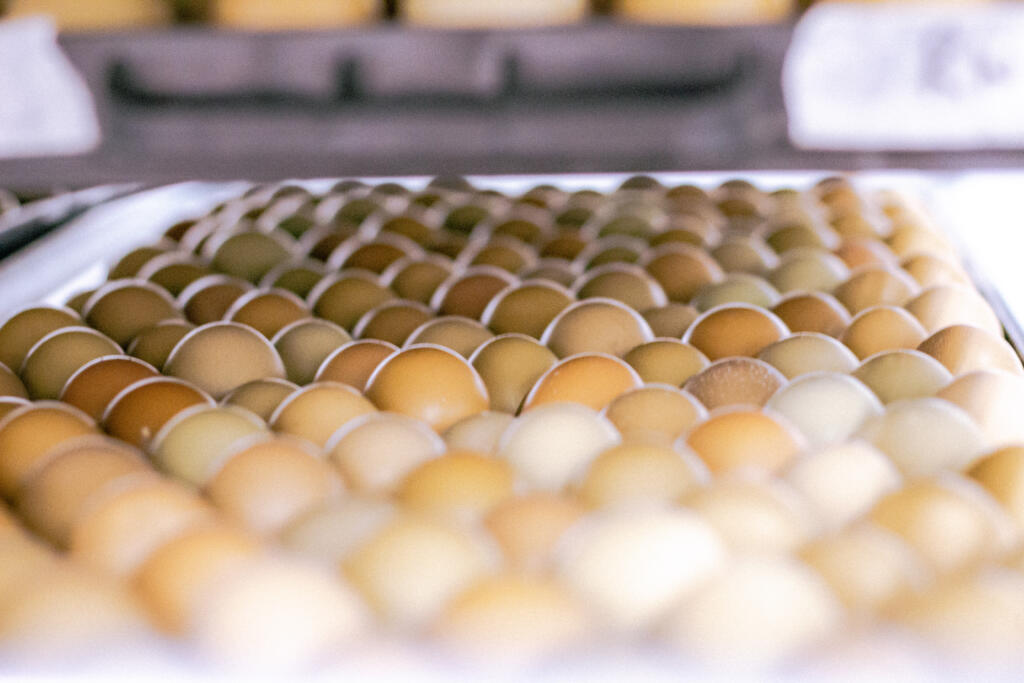10 Steps to Prepare for a Delivery of Mature Game Birds
Hopefully you are nearly prepared for your upcoming delivery of game birds from MacFarlane Pheasants. If you want to be sure you are fully prepared, I would recommend a complete reading of our guide “Setup and Care for a Delivery of Adult Birds Manual.” This manual is free and located on our website under “resources.” Listed below are 10 reminders to make your delivery and the care of your birds a smooth and successful process.
- Have a graveled driveway ready for our big trucks to get to your barn or pens. (55 feet is recommended)
- Decide if you will keep your birds inside a facility or in outside pens until their release date.
- If using an indoor facility, be sure it is completely sanitized.
- Provide enough room in the facility to house your birds. (2 square feet per bird if holding for 10 days and 5 square feet if holding for more than 10 days). You will also need special bedding, lighting, exhaust and dividers.
- If your birds will be kept in open pens, you will need about 10 square feet per bird, ground cover, special protection from the weather, netting covering the pens, a clear path around the pen and a path down the middle.
- Predator and pest control is important in outside pens and in inside buildings.
- Have secure doors in your indoor facility and provide netting to keep birds from flying into the rafters.
- Special care is required for Chukars, Redlegs and Redleg Partridges, including changes in space requirements, feed, and water. Indoor facilities are preferred for these birds.
- Have your feed and water ready the day birds are delivered. One hundred full grown pheasants will drink, on average, three gallons of water per day. One Pheasant will eat one pound of feed per week.
- Read our manual called “Setup and Care for a Delivery of Adult Birds.” This manual contains much more detailed information than listed here, including pros and cons of an indoor facility or outside pens for housing birds until their release. Feed and water specifics are also provided and there are many great pictures to make the information come to life.
We hope our manual is helpful but if you still have questions be sure to call us at 608-757-7884. We have experts on staff who can help with any questions you have.
Related Posts
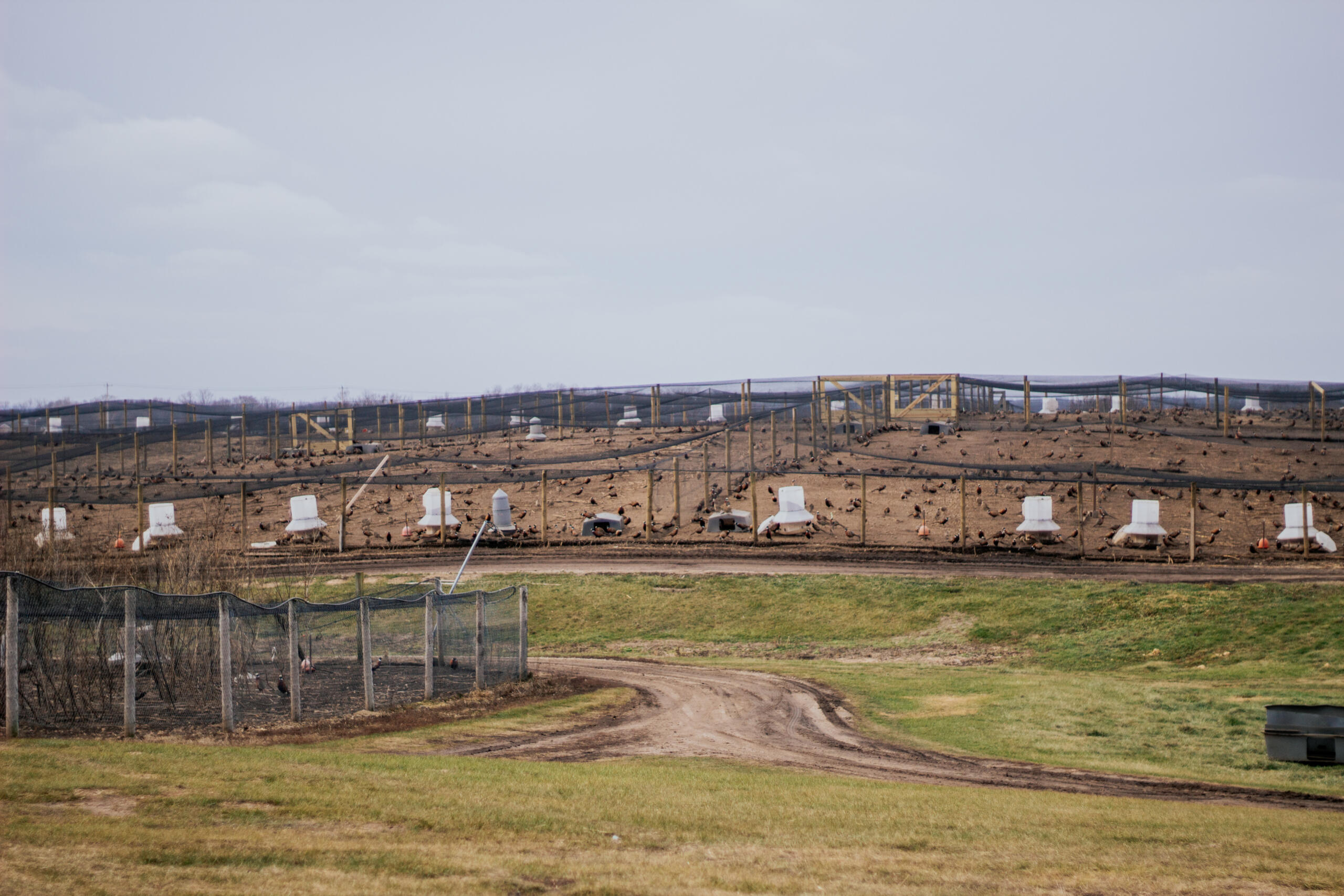
Preparing Our Barns & Pens Each Spring
Read Post
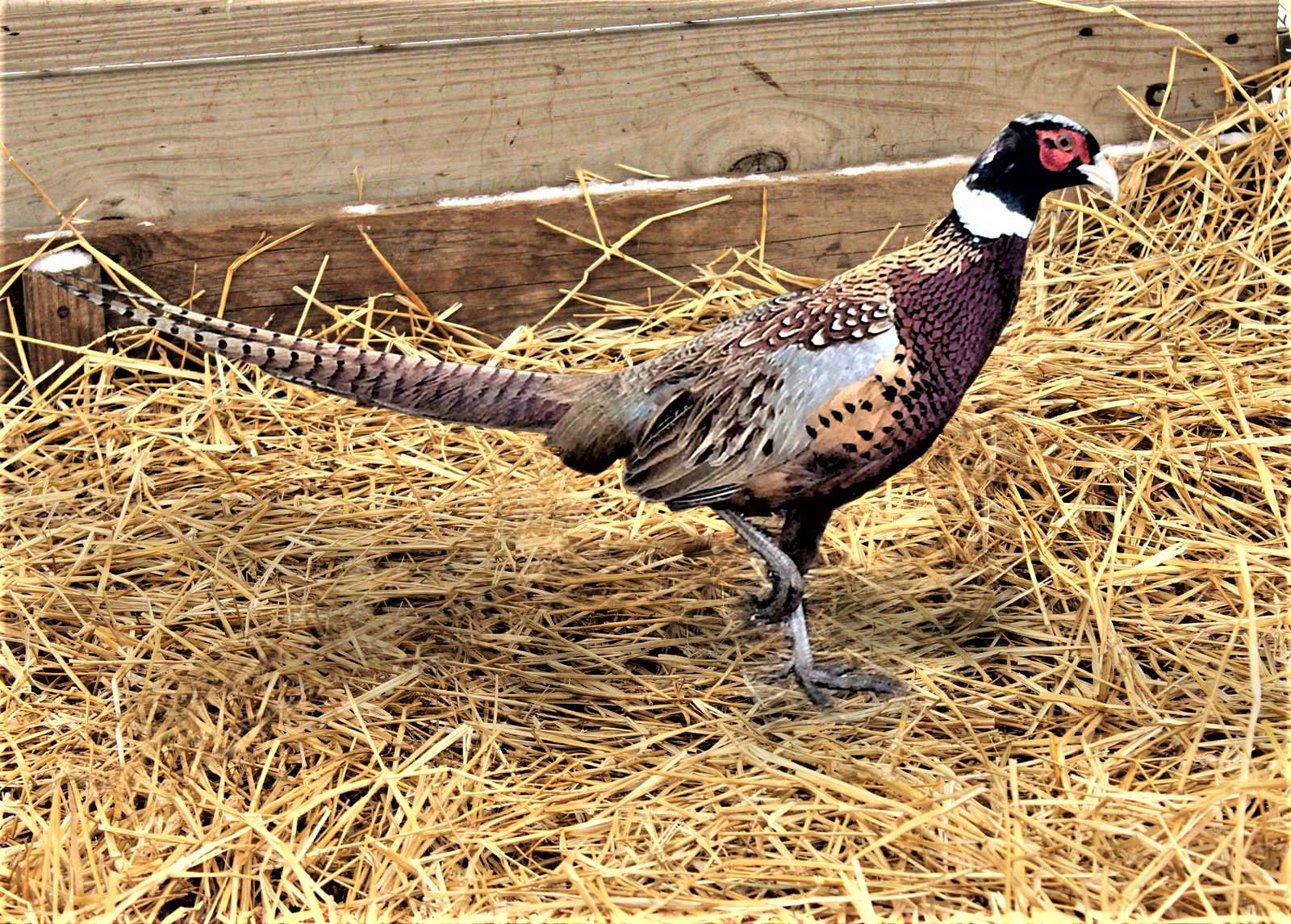
Our Milton Farm in 2024!
Read Post

4 Steps to Keeping Pheasants Healthy in Winter
Read Post
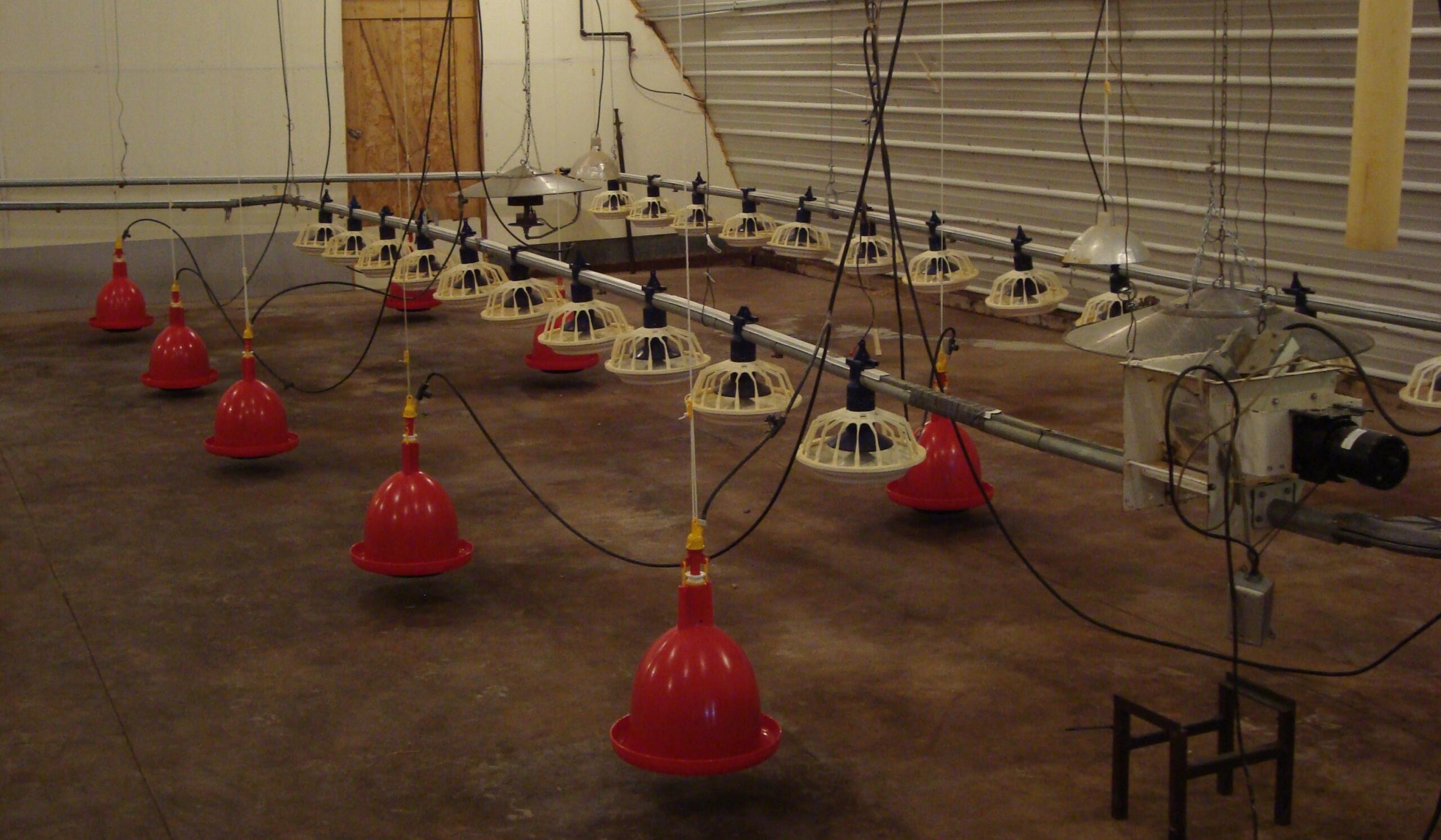
6 Feed and Water Procedures to Keep MacFarlane Pheasants Healthy
Read Post
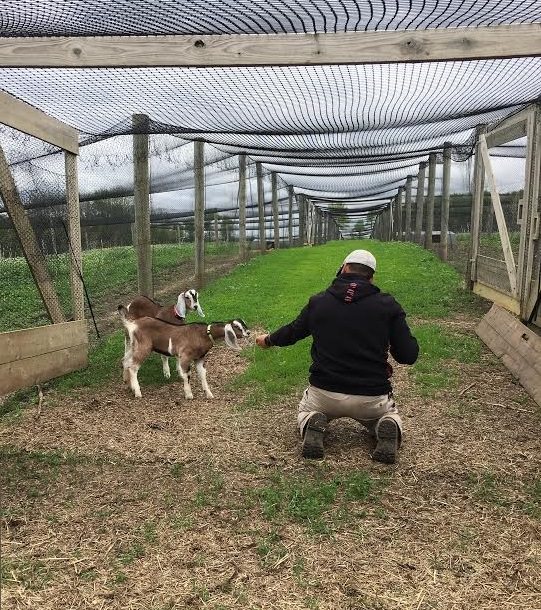
Can Goats Be Helpful on a Pheasant Farm?
Read Post
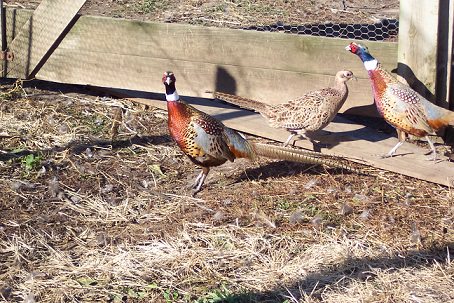
Catching Mature Pheasants
Read Post
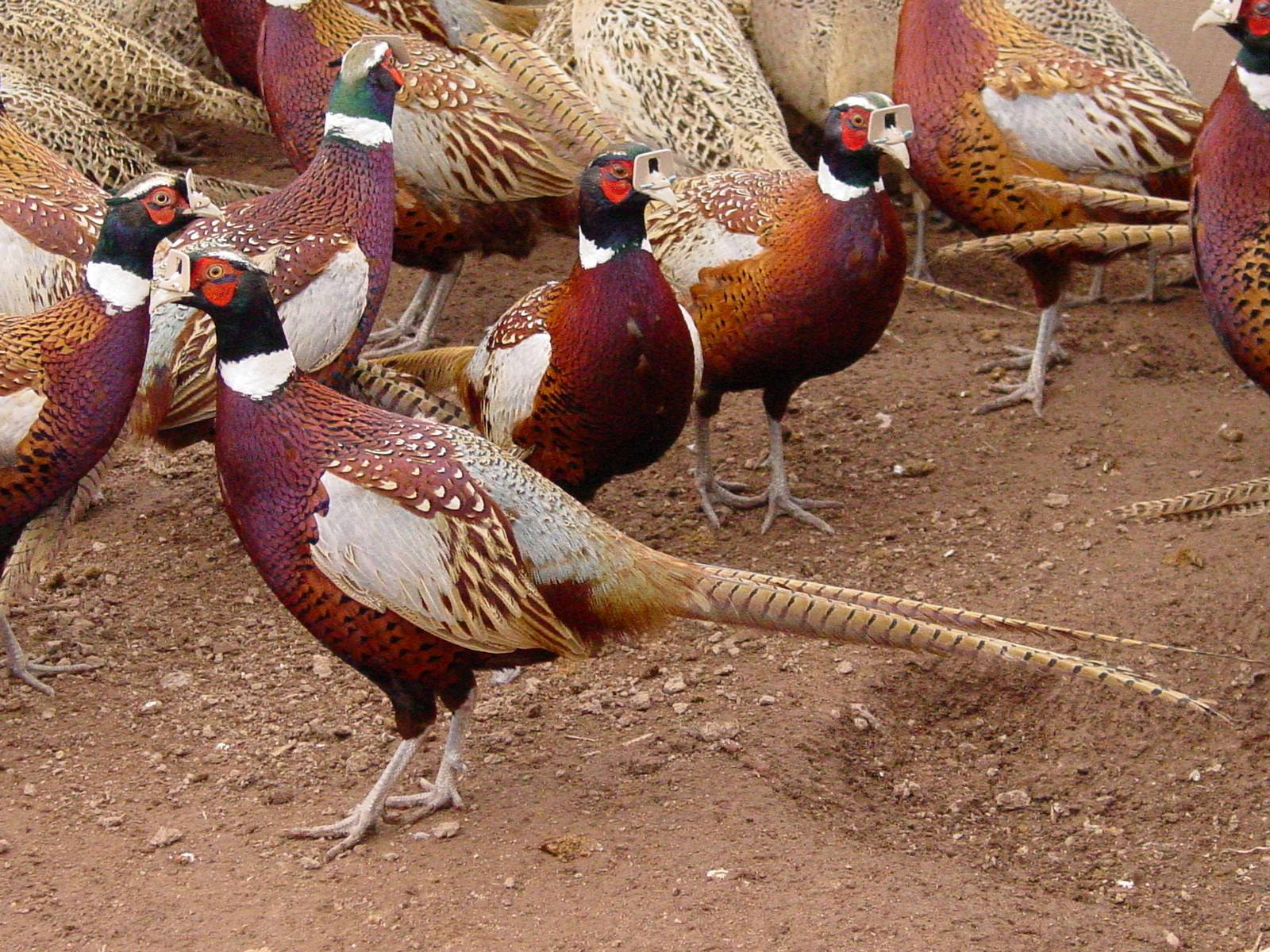
Choosing the Right Type of Game Bird
Read Post
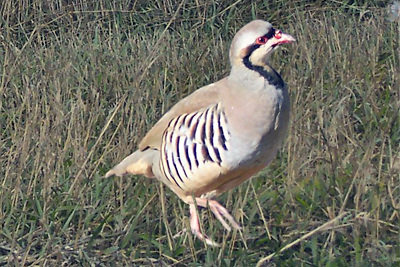
Differences between Hungarian and Chukar Partridges
Read Post
Take Advantage of These Free Resources
As the biggest game bird farm in the United States, we want to share our experience with you. Download our free resources below and get started.


